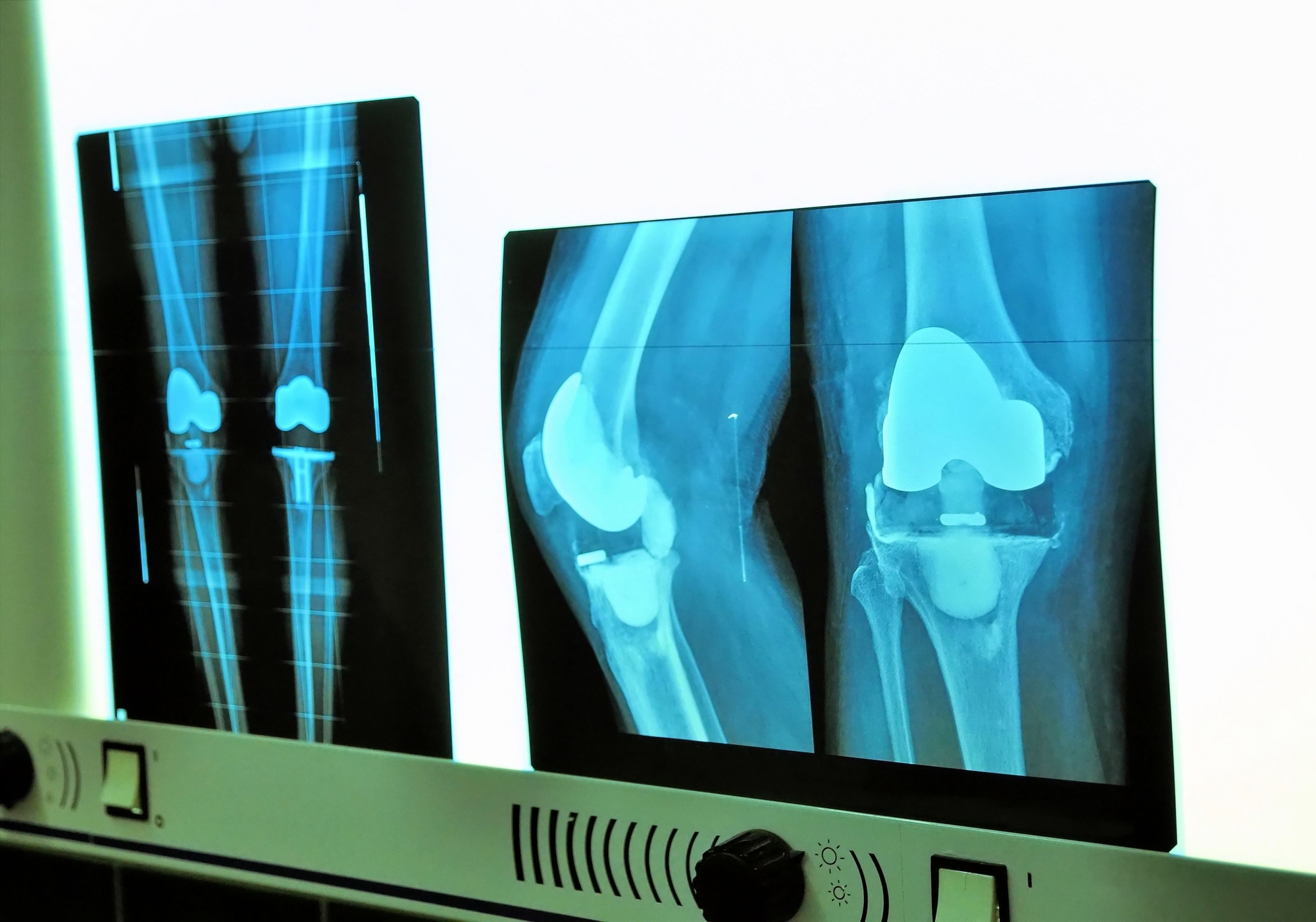Misconceptions are views that falter from what is based true due to a wrong or inaccurate idea. They are often a view or opinion that means one thing in everyday life, but something else entirely from a scientific or medical standpoint. So, let’s take a few minutes to debunk some of the more common misconceptions that relate to orthopaedics and sports medicine.
“Sports medicine is just for athletes.”
While sports medicine is certainly important for athletes and their well being, it’s not confined to just them. Sports medicine professionals treat both children and adults who live an active lifestyle. Their purpose is to treat and prevent injury of the musculoskeletal system through non-invasive methods (physical therapy, prescribed medication, and rehabilitation). Some common injuries that sports medicine professionals treat everyday are sprains, strains, fractures, dislocations, and so much more.
“Tennis causes tennis elbow.”
While this is true, tennis isn’t the only culprit in causing this injury. Tennis elbow is a type of tendinitis and occurs when the tendons in your elbow are overused. Athletes aren’t the only people who develop tennis elbow. Repetitive contractive activities can strain the muscles over time and can cause this development, too. Tennis elbow can even happen by simply banging or knocking your elbow on a hard surface.
Tennis Elbow can also be caused by activities such as:
- Playing sports that involve throwing (baseball, golf) or swinging racquets (tennis, badminton)
- Using hand tools (screwdriver, scissors) or painting
- Playing musical instruments (violin, viola, tuba)
- Actions that involve repetitive hand and wrist movements ( typing, sewing)
“If you can walk on it, it’s not broken.”
Many people believe this to be true and actually end up causing more damage to their injuries. The most telltale signs of a broken bone are swelling, pain, and bruising. You should seek medical treatment at any point that you notice pain or swelling. Putting off your injury can make it worse and lengthen the time it takes to recover.
“Heat is the best treatment.”
Depending on what it is you are treating, this could be potentially harmful. If you are experiencing pain and swelling, then you should not use heat. Ice should be used to reduce inflammation and pain. You can use ice immediately after an injury and for at least the first 48 hours. It’s important to know that pain and swelling are the sign of a problem, not the problem in itself.
If you are experiencing soreness in your muscles, then heat may very well be the best treatment. Heat can be used to relax tense muscles, but only for periods of 30 minutes or less. It’s good to relax the muscles that are aching as they can put strain on the tissue in related areas. However, after a serious injury, do not use heat in the first 48 hours.
“No pain, no gain.”
This is a very common misconception in the fitness world. Pain is not necessarily the best indication that your workout is working. Yes, you should feel a slight, sometimes prominent ache. But, it should never be painful. If you are experiencing pain while exercising, you could be suffering from a pulled muscle, strain, or something equally as worrying.
We hope that this article has helped to debunk some of the many myths and misconceptions that are associated with orthopaedics and sports medicine! If you’ve experienced an orthopaedic injury – be it from sports, an accident, or just everyday life, know that the orthopaedic surgeons here at Nebraska Orthopaedic Center are here to help!
Disclaimer
This article is for general knowledge purposes only and should not be associated with the means of self diagnosment. If you are suffering from an injury, seek medical attention from your PCP. Your doctor will be able to properly diagnose and provide treatment.

